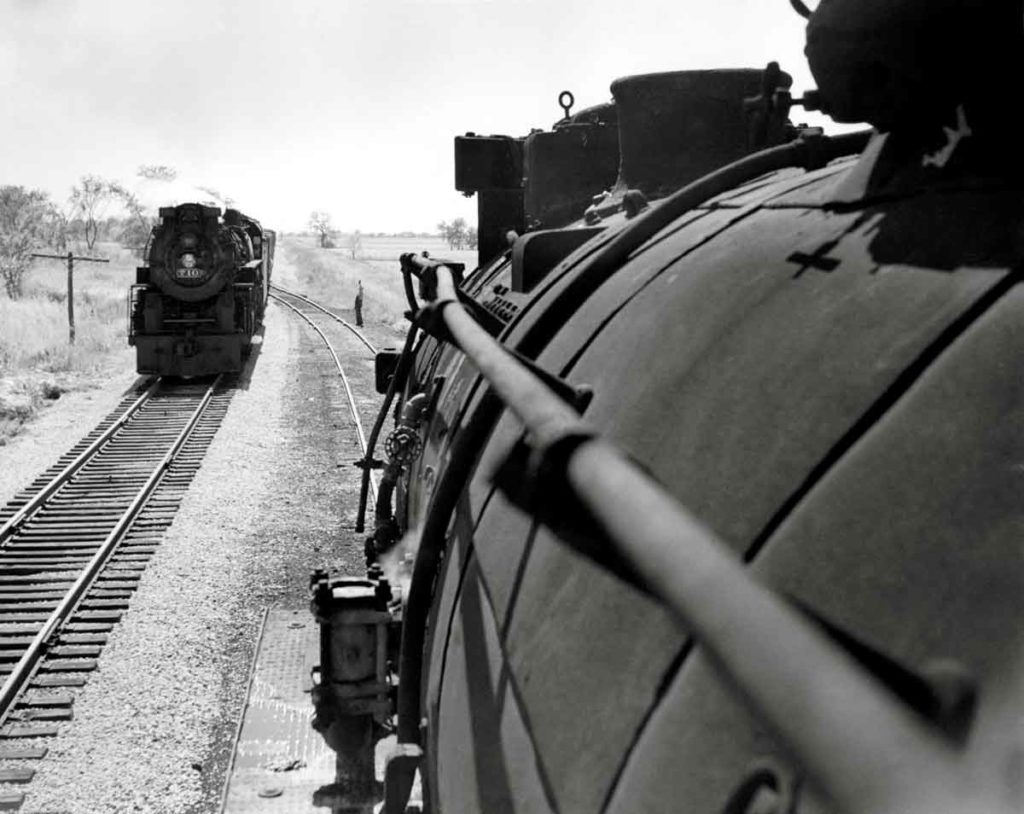
It isn’t much of a stretch to proclaim the 2-8-4 Berkshire-type steam locomotive as the “poster child” of the Super Power era of steam locomotives. “Berkshire,” “Kanawha,” “Big Emma” — regardless of what they were called, the wheel configuration helped advance steam technology through size, speed, and power. The development of the Berkshire all started […]
Read More…
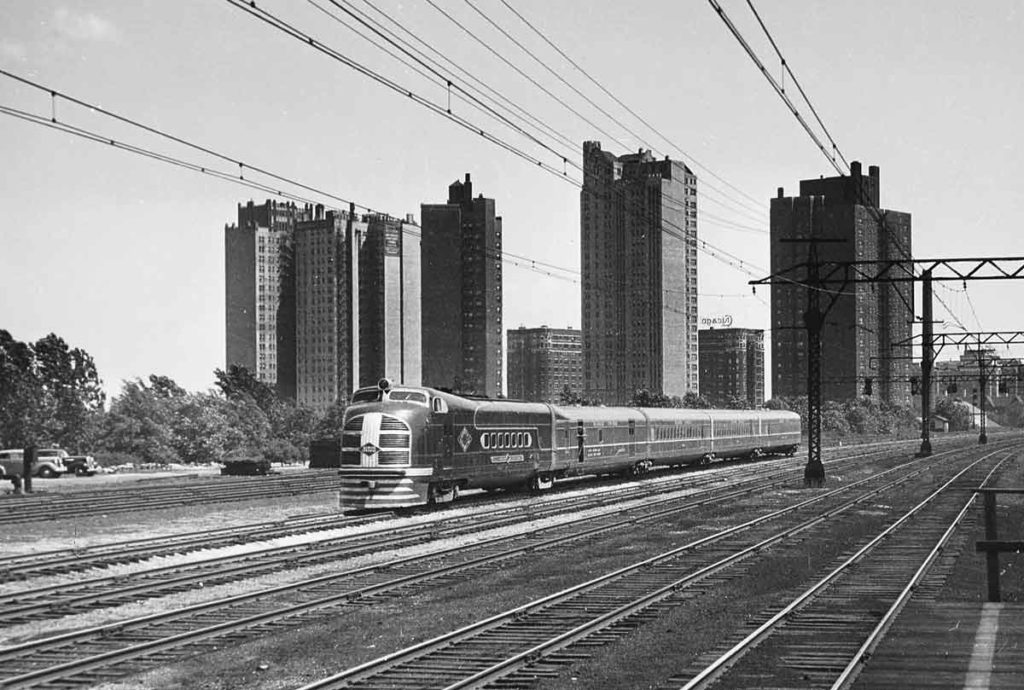
Illinois Central’s first streamliner, delivered in 1936, was the Green Diamond, a fully articulated aluminum train built by Pullman-Standard and powered by Electro-Motive with a Winton diesel engine. It is pictured at 47th Street, Chicago, near the end of its regular run from St. Louis. Philip Korst Jr. photo […]
Read More…
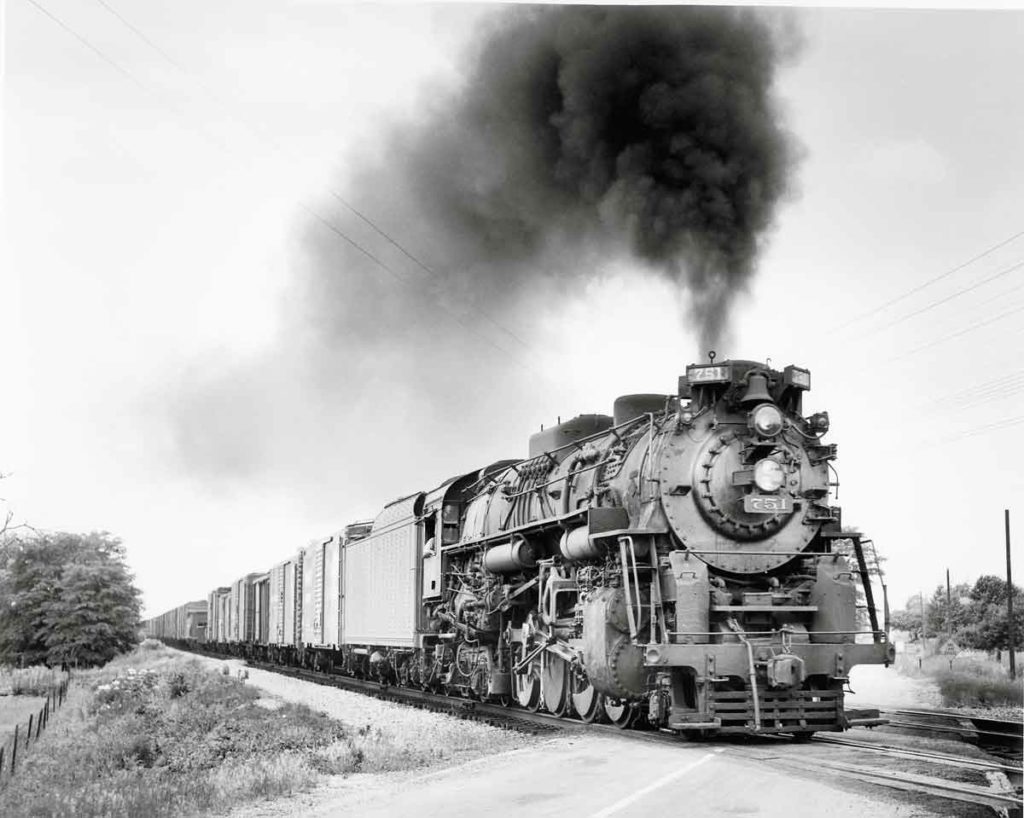
Well into the 1950s, the Nickel Plate Road believed its superb 2-8-4 Berkshires to be better than diesels for its fast freight service. Because it dieselized late, NKP had no freight cab units, only road-switchers. Don Wood photo […]
Read More…
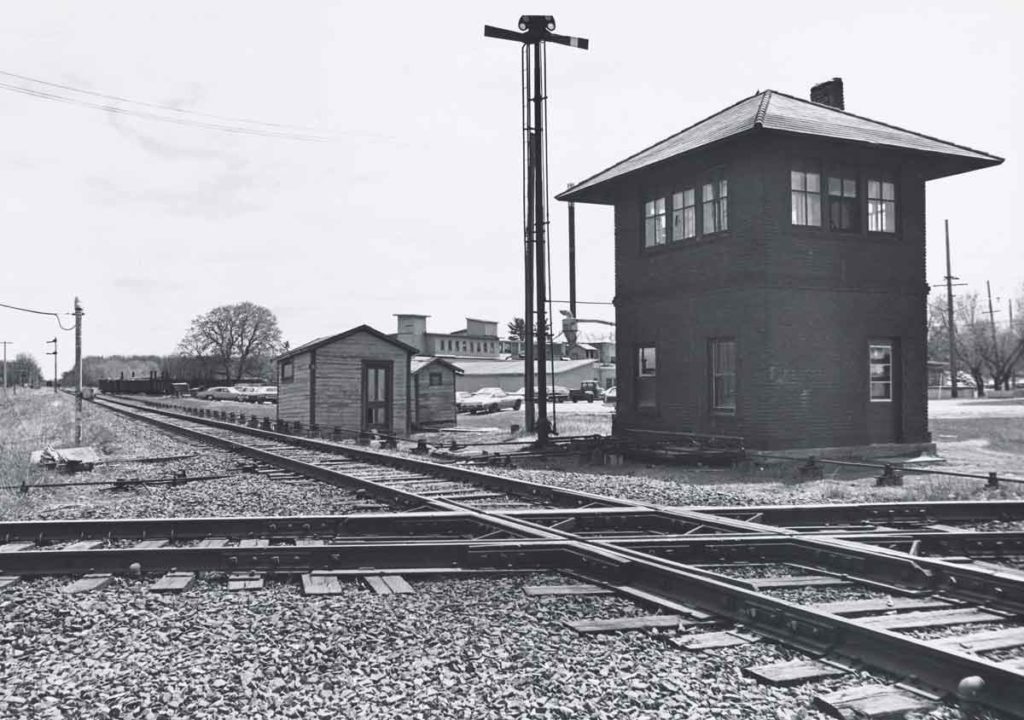
A brick interlocking tower guards the crossing of Soo Line (left to right in photo) and Chicago & North Western trackage in Shawano, Wis. Gordon Odegard photo […]
Read More…
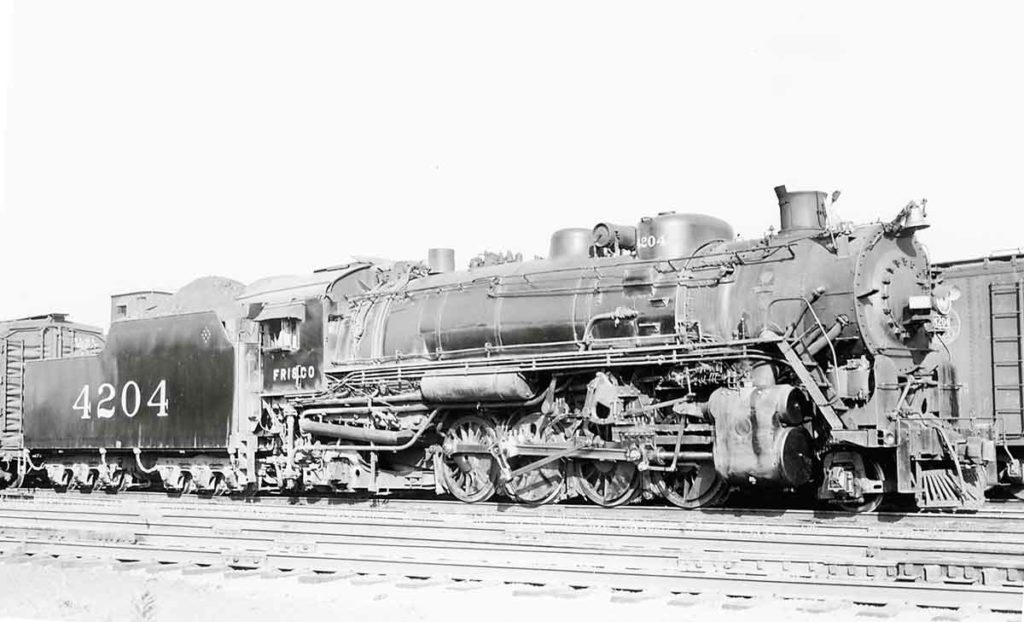
The Frisco’s 4200-series Mikados of 1930 were among the most powerful 2-8-2s on any railroad. They were rated at 68,500 lbs. tractive effort — 78,100 lbs. with booster — and could wheel fast freights at 50 mph. Frank E. Ardrey photo […]
Read More…
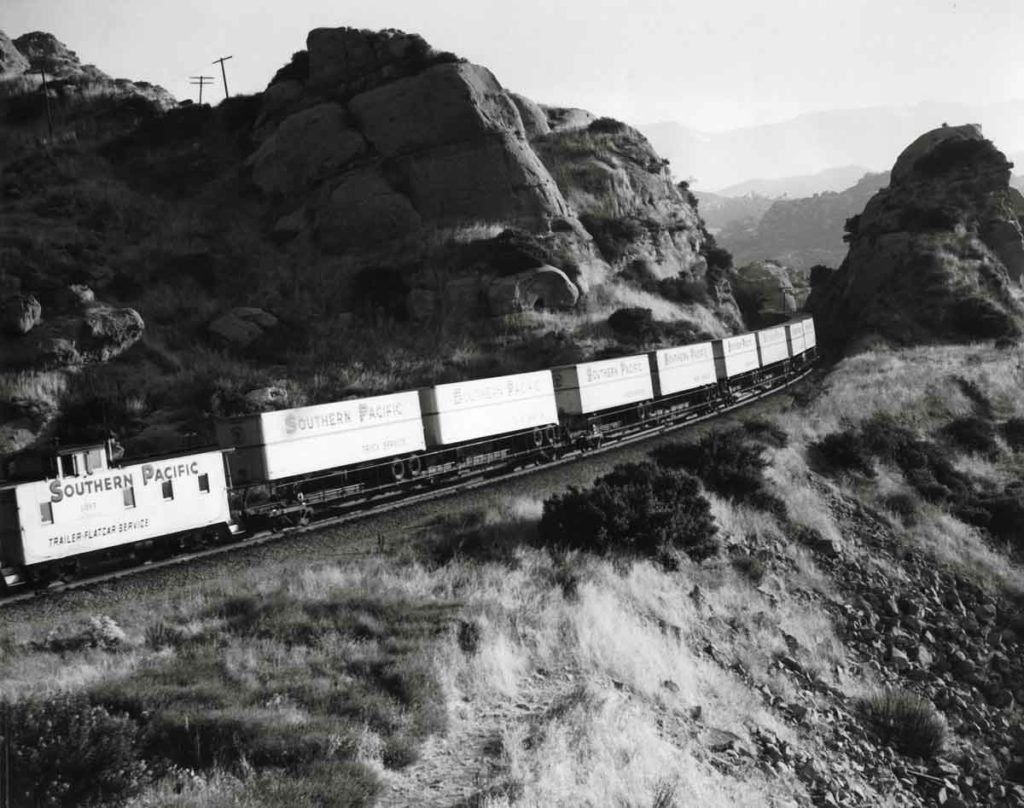
For a time in the 1950s, Southern Pacific had the most extensive piggyback operations in the land. Here a train bound from Los Angeles to the San Francisco Bay Area climbs Santa Susana Pass near Chatsworth, Calif. Classic Trains coll. […]
Read More…
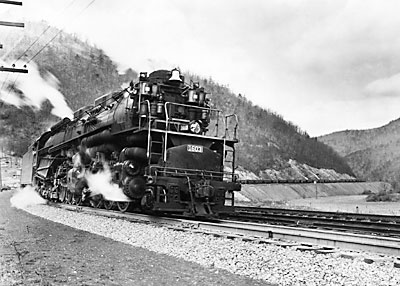
In 1940, the Chesapeake & Ohio needed new locomotives to meet a burgeoning demand for transportation. Its biggest engines were a fleet of single expansion 2-8-8-2s, purchased in the mid-1920s to haul coal on its line across the Alleghenies, where tunnel clearances prevented the use of anything larger. In the 1930s, C&O embarked on rebuilding […]
Read More…
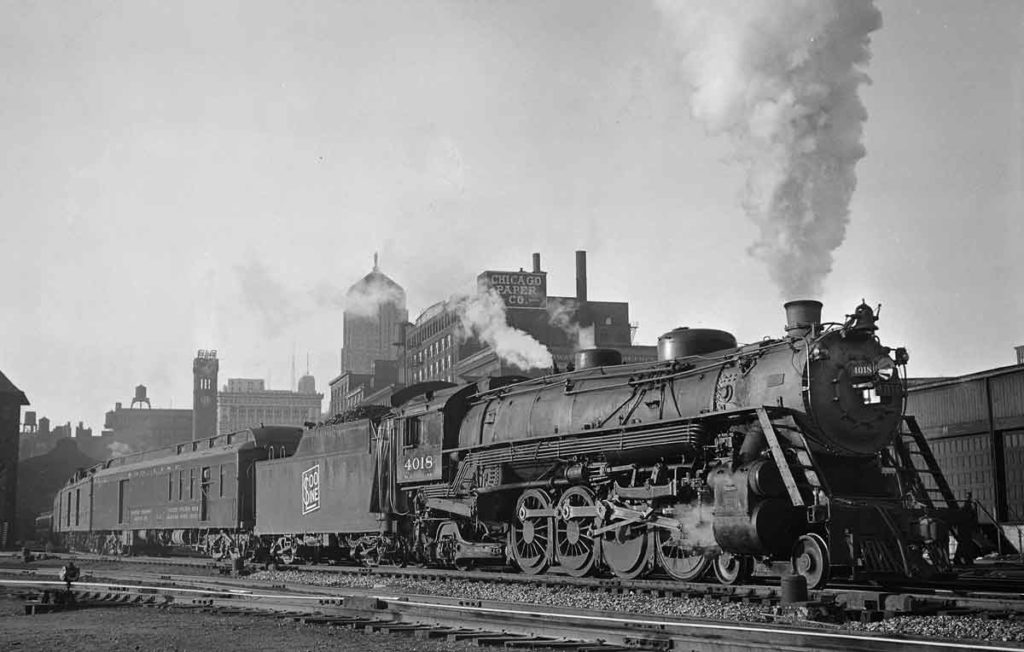
Handsome 4-8-2 No. 4018 marches away from Chicago’s Grand Central Station with Soo Line train 17 for Duluth, Minn., with cars for Minneapolis and Ashland, Wis., in May 1949. Harold Stirton photo […]
Read More…
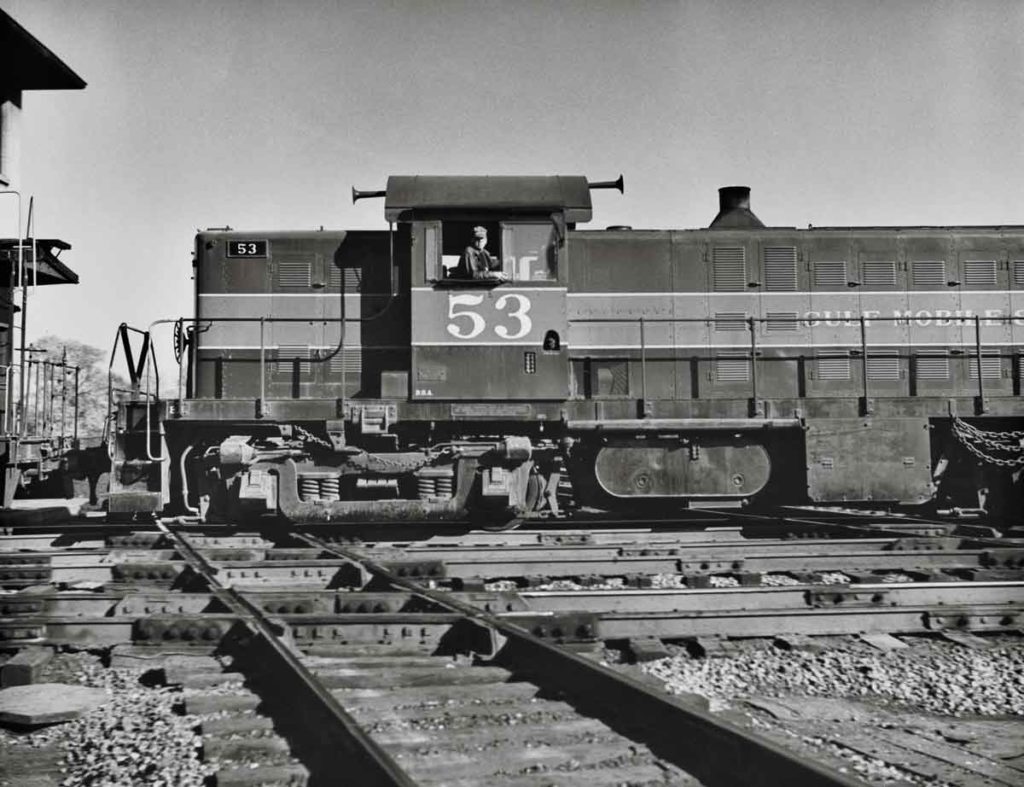
The engineer of a Gulf, Mobile & Ohio RS1 eyes the photographer as his locomotive clatters across the Rock Island diamonds at Joliet, Ill., in 1951. The Alco and a caboose are bound for GM&O’s South Joliet yard. Wallace W. Abbey photo […]
Read More…
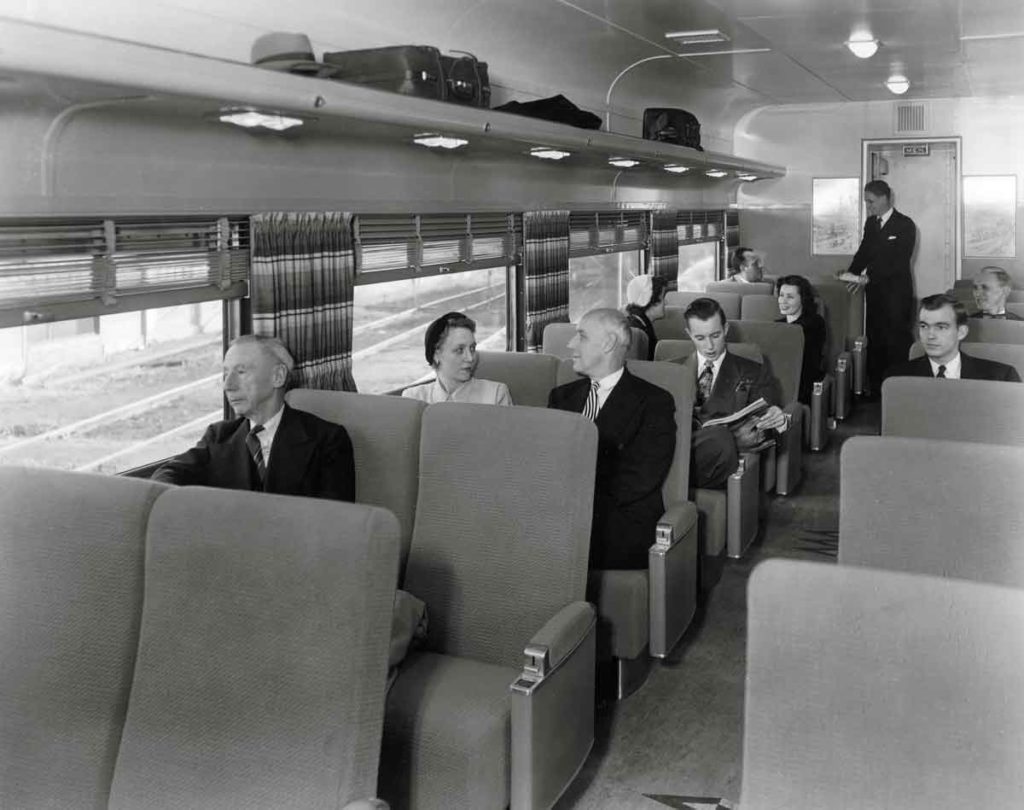
The 1951 edition of Great Northern’s flagship train, which the road called the Mid-Century Empire Builder at the time, included a 60-seat coach for short-haul passengers. GN photo […]
Read More…
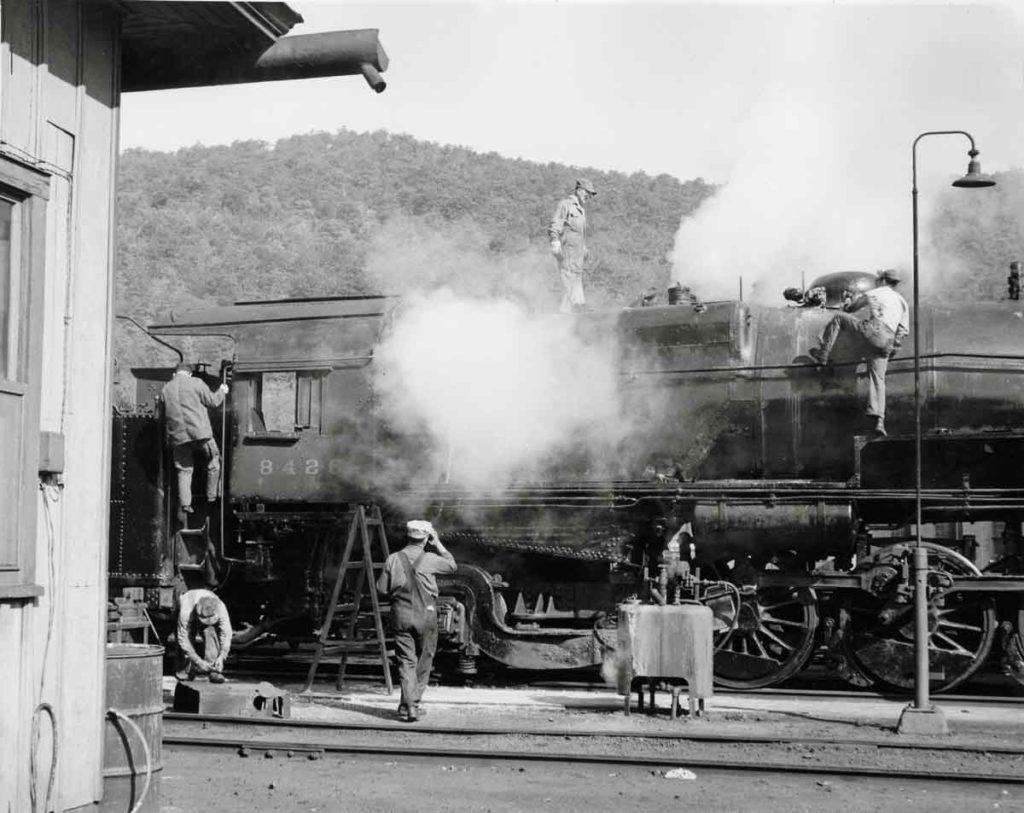
In September 1955, workers at the Pennsylvania Railroad’s Renovo (Pa.) engine terminal prepare L1s 2-8-2 No. 8426 for service as a stationary steam supply at the road’s giant Sunnyside Yard in New York City. The Mike has been converted to oil-firing for this duty, most likely its last assignment. Philip R. Hastings photo […]
Read More…
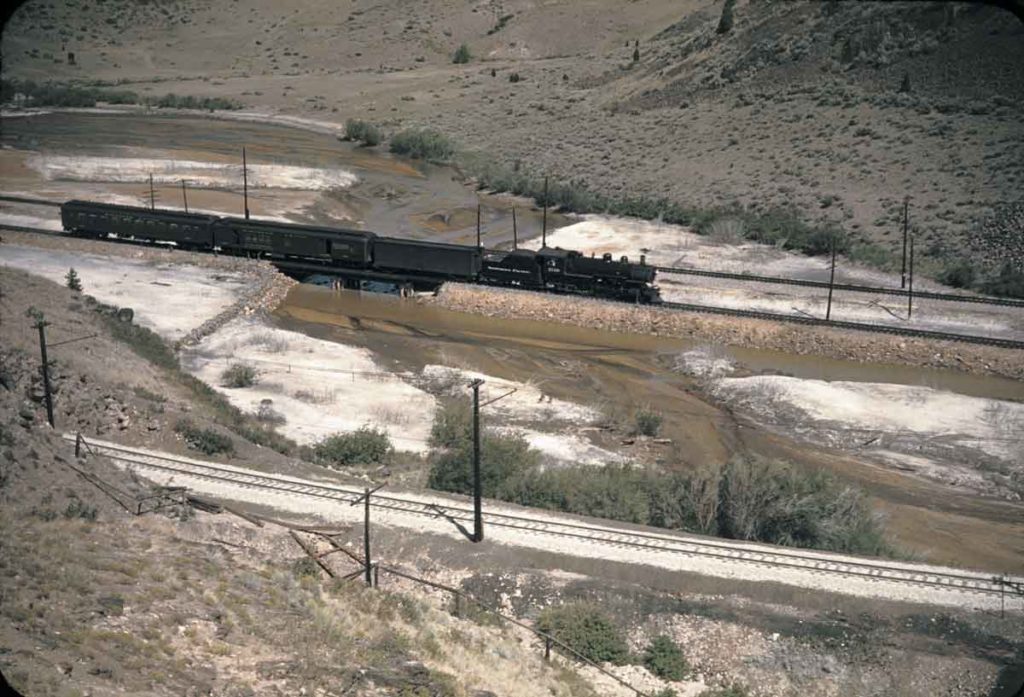
Pacific 2119 leads Northern Pacific train 288 east in Silver Bow Canyon, a dozen miles west of Butte, Mont., in the late 1940s. Linn H. Westcott photo […]
Read More…












